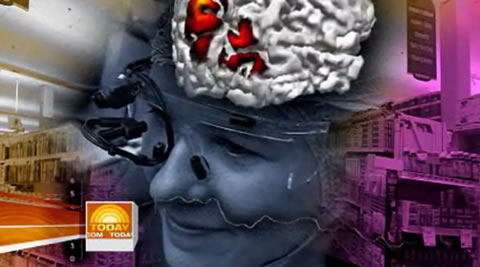Signs and Sales DO Work

What do you get when you wire up a shopper with an EEG cap and eye-tracking gear? An “inside” view of how that shopper reacts to visual stimuli while shopping. Interestingly, all of those “Buy One, Get One Free!” and “SALE!” signs in your grocery store actually DO get your brain to light up. Here’s Today Show video and commentary from Buyology author Martin Lindstrom exposing some of the ways stores attract your brain’s attention and ultimately get you to put more stuff in your shopping cart:
Visit msnbc.com for Breaking News, World News, and News about the Economy
One of the more interesting parts of the segment is when the shopper buys four cans of shaving cream that are on sale. It’s unlikely that she really needed all four, but the sale offer lit up her brain more than any of the other promotions and she dropped the product in her cart. That’s not to say this was an unwise decision on her part – perhaps, based on her past experience, the deal was amazing enough to stock up.
Overall, though, this segment provides evidence, albeit more anecdotal than scientific, that shoppers really do react to in-store signs and promotions and change their buying behavior.
